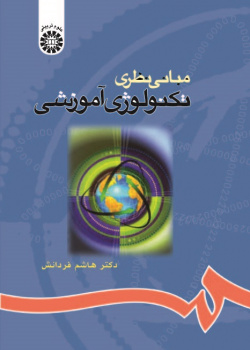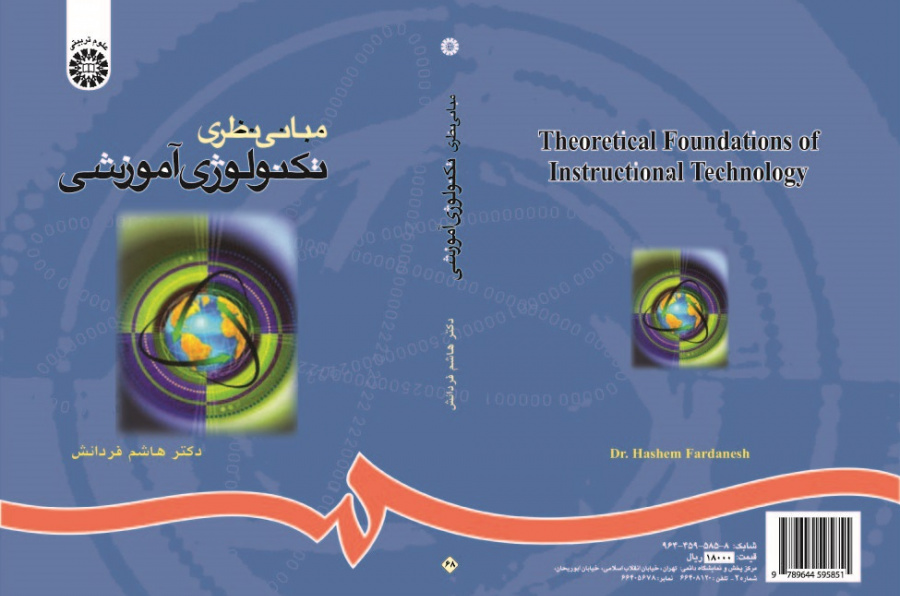

Theoretical Foundations of Instructional Technology
Educational technology comprises the practical application of tenets and schemes as solutions to educational problems. Thus in each field of science the related technology advances at the same speed with the progress of science. Educational technology, just like any other technology, consists of two major components:
1. Software component (relating to the content): it includes methods, instruction, paradigms, schemes, classifications, etc.,
2. Hardware component: it includes instruments, facilities, institutions and media.
These two components are complementary, and the completion of educational technology depends on the concomitant existence of both. Technology transference also needs both, to be transmitted impartially.
The present book is in four chapters. The first chapter is an introduction on the definition of education, and educational technology, along with a brief history of it. In the second chapter after the study of some educational models – which are devised for particular situations and environments – there are discussions on the interpretation of the educational subject. This is an important concern of and a primary step for an educational programmer. Ordering and formulating an administrative system, which is the calculation and organization of works and
activities of an educational programmer, is also covered at the end of the second chapter. The third chapter is wholly dedicated to the issue of “Programming”. This chapter discusses the determining and classifying educational purposes from different standpoints. The end result of such categorization is to provide the raw material for educational plans. Among other topics covered in this chapter is educational programming both on a grand and a limited scale, planning
educational motivations, and the selection of educational media as a means of deciding the learning approaches. The fourth chapter studies the general paradigm used for appraising different sorts of educational programs. At the end of this chapter a paradigm is also suggested. The book contains tables, graphs, and colorful images.
Compiled for the students of educational science under the branch of educational technologies as a textbook for the course “The Basics of Educational Technology”, this book introduces the basics of educational technology and educational programs.





